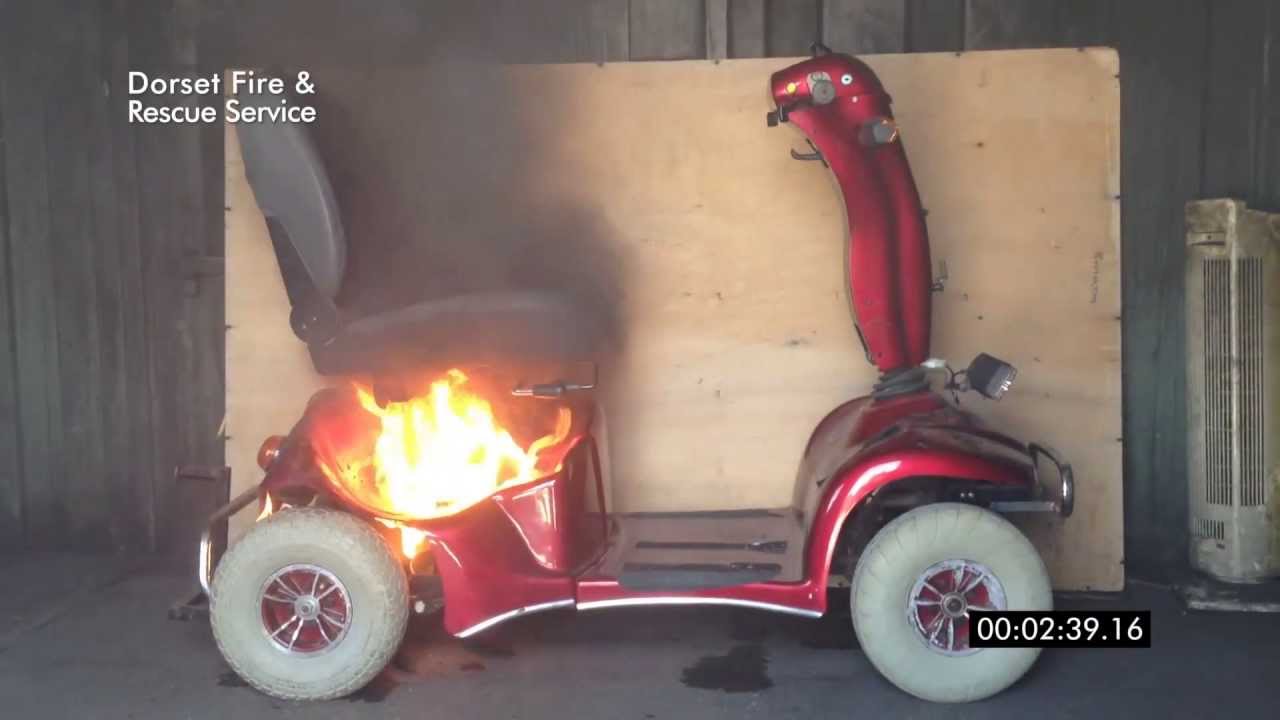
Conforming with the Regulatory Reform (Fire Safety) Order
As part of the Government's commitment to reducing death, injury and damage caused by fire, the Department for Communities and Local Government (DCLG) reviewed existing fire safety law and made a number of changes through the Regulatory Reform (Fire Safety) Order (RRFSO).
The Order finally received parliamentary approval on 7th June 2005 and came into force on 1st October 2006. The focus of the RRFSO is on fire prevention and protection measures, and its greatest emphasis is on the Fire Risk Assessment. The three main objectives were:
-
To simplify, rationalise and consolidate the existing fire safety legislation into one set of regulations, reducing the burden on business and the overlap of enforcing authorities
-
To align fire safety legislation with health & safety law and reduce prescriptive requirements e.g. abolishing Fire Certificates
-
To firmly put the onus for fire safety for people on the owner/occupier/employer/landlord that is, the ‘Responsible Person'
In Scotland, fire safety is governed by the Fire (Scotland) Act 2005 and the Fire Safety (Scotland) Regulations 2006 which encompass the same regulatory approach as in England and Wales.
The ‘Responsible Person’ has a duty to carry out fire risk assessments of each property with the objective of implementing appropriate control measures. Assessments should be carried out by competent persons and should include consideration of the following areas:
- compliance with fire safety legislation
- adequacy of control measures
- fire safety management systems
- means of escape in case of fire
- signage and warning notices, eg fire exit routes
- fire detection systems
- fire alarm systems
- fixed (sprinklers) and portable (extinguishers) fire-fighting equipment
- structural features - such as bottlenecks, protected stairways/escape routes, final exit doors
- control of sources of ignition
- fire safety training
- maintenance systems
- record-keeping/documentation
The Government has published guidance documents to give advice on the carrying out of Fire Risk Assessments. Here are links for guides covering sleeping accommodation and residential care.
A Fire Risk Assessment can highlight shortcomings in a variety of areas such as means of escape, inner rooms and fire compartmentation. Sometimes issues can be addressed by refitting walls, installing doors with improved fire resistance for compartmentation, or even fitting specialist alarm systems. In cases where the fire risk is either localised (e.g. a high-risk kitchen, inner room or occupant) or the means of escape must be improved by protecting a specific area, an Automist retrofit should be considered to close FRA actions.
Example Fire Risk - Mobility Scooter charging bays in sterile areas
Fire and rescue services around the UK have attended numerous fires involving mobility scooters. Mobility scooters are often stored and left to charge in areas such as corridors, hallways and staircases which are classed as sterile areas and should be free from ignition sources and combustible materials. These sterile areas often make up the means of escape for other residents within the building.
The practice of storing mobility scooters in sterile areas places an unacceptable risk to other occupiers and should be discouraged. Mobility scooters offer an increased fire loading and potential source of ignition. If involved in the fire they can release large amounts of highly toxic smoke and gases. If stored in protected corridors, staircases or common sterile areas, a fire involving a mobility scooter could affect the escape route and place an unacceptable risk to all occupiers within the building.
Downloads
Regulatory Reform (Fire Safety) Order 2005 - A short guide to making your premises safe from fire
Considering water mist to protect inner bedrooms - Article from Fire Risk Management Journal
Fire Safety Risk Assessment - Residential Care Premises
Independent report by the Building Research Establishment (BRE) - Sprinkler effectiveness in care homes
Reviewed: 01/01/2019. Our articles are reviewed regularly. However, any changes made to standards or legislation following the review date will not have been considered. Please note that we provide abridged, easy-to-understand guidance. To make detailed decisions about your fire safety provisions, you might require further advice or need to consult the full standards and legislation

